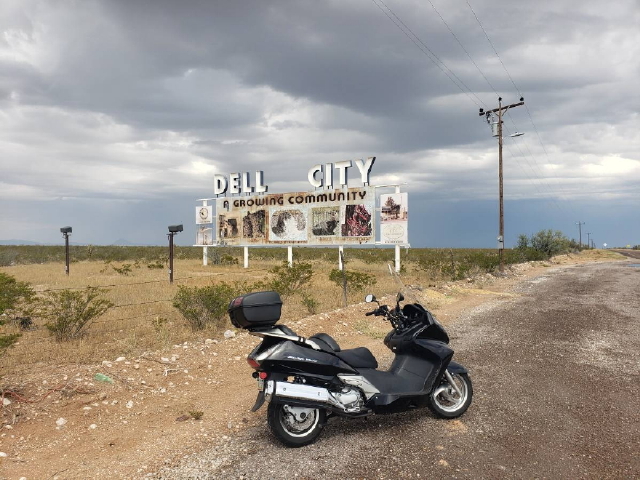- yammer wrote:
- I can understand that advancing the ignition can improve throttle response
It can also cause the engine to ping with 87 octane fuel.
Besides that, the claim of advancing ignition timing by substituting a bogus value for mass air temp doesn't apply to Honda's PGM-FI system. Both fuel injection timing and ignition timing events are pre-programmed and use TPS, Pb, and CPS to adjust the curve.
Fuel injector drive duration (mixture) is controlled by the ECT, IAT and MAP. So the only thing feeding the ECU a bogus, colder than normal IAT value is going to do is richen the mixture slightly.
Edit:
Sorry, I should explain more for the folks not familiar with this system:
Honda's system is very basic. It is merely a logic controller that applies a "map" to to values it gets from various sensors. It is not a "smart" or adaptive learning computer like what is found in most automotive applications today. It only controls two things;
1.) Sends a signal the CDI to fire the spark plugs
2.) Sends a signal the injectors to turn them on. The longer the signal to the injectors lasts (called drive duration) the more fuel they squirt.
To control ignition timing you need information on throttle opening, which is supplied the TPS (Throttle Position Sensor). We need information on manifold vacuum supplied by the Pb sensor. We need information on crankshaft position and engine rpm, supplied by the Crankshaft Position Sensor (CPS). Actually all the CPS does is supply a pulse that tells the ECU the crank is at a specific location, and the ECU compares the number of pulses it gets to it's internal clock to determine rpm.
To control air/fuel ratio (mixture) we need information on throttle opening, engine coolant temperature (ECT), intake air temp (IAT), and manifold absolute pressure (MAP), barometric corrected.
Under various operating conditions such as full throttle low rpm, we need retarded ignition timing due to greatly increased cylinder pressure which would cause a "ping" if the timing were left advanced. We also need a very rich mixture around a 9.7:1 air/fuel ratio for maximum power and torque. The values sent to the ECU consist of low manifold vacuum, high manifold pressure, and whatever the temp sensors are sending at the time.
At the other extreme of high rpm closed throttle we need advanced ignition timing to insure no unburned fuel makes it into the exhaust system and causes a backfire. And we can shut the fuel completely off and not even fire the injectors. The sensors send values of very high intake manifold vacuum, very low manifold pressure, and again whatever the temps are at.
The logic box (ECU) merely gets all these values at any one time and applies the closest point on the "map" that is pre-programmed into it for that particular set of values that it received to send out it's two control signals.
HRC has sold PGM-FI uploaders and software for off-road or racing engines for years. I'm pretty sure those can be "hacked" to work on most street engines. Looking at all these that this fellow has for sale, it looks to me like that's what he's done, at least for the various Honda's:
http://www.ebay.com/sch/powertuning.2009/m.html?_nkw=&_armrs=1&_ipg=&_from=
He has the same ad for every "tuner" that he sells, so the +25BHP thing is a bit misleading. It looks to me like sort of a "brand" name he gives it. If it allows changing the map for the Silver Wing's system, it is well worth the $44 that it costs compared to what you'd spend to get one from HRC. If it just has one pre-programmed map in it then chances are you'd be better off to spend your $44 bucks on something else.
